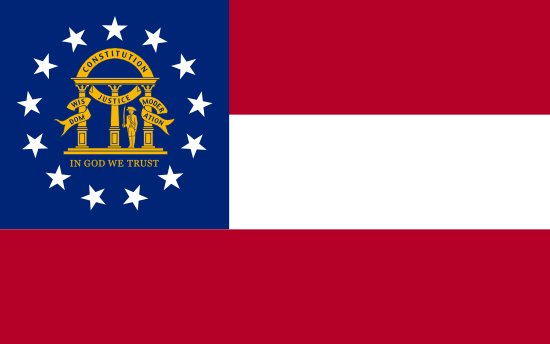
Savannah
- County:
- Chatham County
- County Seat:
- Yes
- Area (mi²):
- 109.494
- State:
- Georgia
Savannah is a city located in Chatham County, Georgia. Savannah has a 2025 population of 148,808 . It is also the county seat of Chatham County . Savannah is currently growing at a rate of 0.32% annually and its population has increased by 0.89% since the most recent census, which recorded a population of 147,494 in 2020.
The median household income in Savannah is $56,782 with a poverty rate of 19.49%. The median age in Savannah is 33.7 years: 33.1 years for males, and 34.2 years for females. For every 100 females there are 88.7 males.